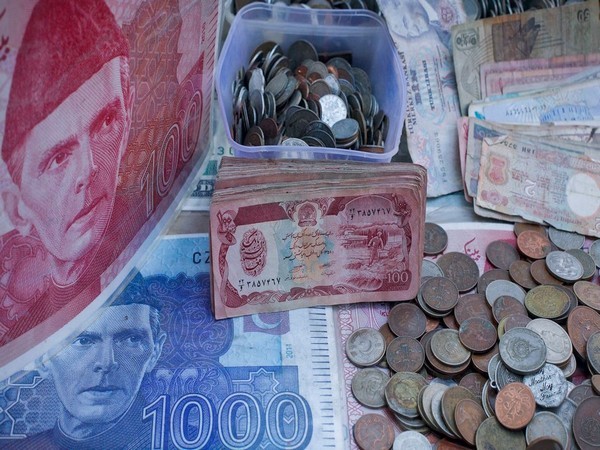
Islamabad Pakistan:
State Bank of Pakistan’s reserves has fallen to as low as USD 9.32 billion, hardly enough to pay for 45 days of imports. The red line for SBP foreign currency reserves is USD 7.5 Billion to avoid “default”.
Pakistan’s political instability threatens to derail efforts to regain the confidence of key lenders. The country’s currency endured its worst week in more than two decades, reflecting investors’ worries that the country risks following Sri Lanka to become the next emerging economy to default on foreign repayments.
The emerging-market currencies are feeling the heat as the hawkish Federal Reserve lures capital toward the United States. The panic in Pakistan’s stock and money market also comes from escalating risks after former prime minister Imran Khan’s by-polls win added to concern over the country’s bailout deal with the IMF, which it needs to avoid a default.
As per reports and trends the dollar is going out of control in Pakistan and the traders are in panic in the market that the rupee may go down further.
In a desperate move to avert default, the federal cabinet approves an ordinance to sell state resources. The government has approved an ordinance to bypass all procedures involved in the sale of state assets and abolished the regulatory checks through the ‘Inter-Governmental Commercial Transactions Ordinance 2022’.
The move is being seen as a desperate attempt to save the country from default through the emergency sale of the state’s assets to foreign countries. However, President Arif Alvi has not signed the ordinance yet.
The federal cabinet approved the ordinance on Thursday to sell stakes in oil and gas companies and government-owned power plants to the UAE to raise USD 2 billion to USD 2.5 billion to avoid the looming default. The UAE had in May refused to give cash deposits due to Pakistan’s failure to return previous loans and instead asked to open its companies for investment.
Top Economics and Commerce experts say that the IMF agreement is a critical step toward unlocking external financing that Pakistan needs to avoid a default.
The Red Line For SBP Foreign Currency Reserves is USD 7.5 Billion to avoid ‘default’. If UAE and Saudia or even Chinese withdraw its USD 2.3 billion; Pakistan’s Economy will be collapsed.
On July 15, the foreign currency reserves held by the State Bank of Pakistan were recorded at USD 9.32 billion, down USD 389 million compared with USD 9.71 billion on July 7, 2022.
State Bank of Pakistan’s foreign exchange reserves fell to single digits despite a USD 2.3 billion inflow from China late last month. Central bank’s foreign exchange reserves are expected to improve after the receipt of USD 1.17 billion from the global lender.
In the week ended August 27, 2021, the foreign exchange reserves held by the central bank soared to an all-time high of USD 20.15 billion after Pakistan received a general allocation of Special Drawing Rights (SDRs) worth USD 2,751.8 million from the IMF. (ANI)
On Friday morning, the rupee was trading at 232 per dollar, having closed Friday at 228.37 in interbank; after Fitch Ratings revised its outlook for Pakistan’s sovereign debt from stable to negative – though it affirmed the Long-Term Foreign-Currency (LTFC) and Issuer Default Rating (IDR) at “B-“.
Country’s Finance Minister Miftah Ismail said the panic was due to political turmoil and not over economic fundamentals. Pakistani economist Atif Mian analyses how the Pakistani rupee has lost 20 per cent of its value and that the key issue will be “rationing”, in the short run.
“The dollar is going out of control and the traders are in panic in the market, I fear the rupee will go down further,” said Secretary-General of the Exchange Companies of Pakistan Zafar Paracha expressing concerns.
Pakistan’s central bank has hiked its key interest rate to 15% to curb inflation, which hit 21.3% in June.
Ismail, told a news conference in Islamabad, referring to the shortfall in foreign reserves, “we think that we will get USD 1.2 billion in deferred oil payment from a friendly country; we think that a foreign country will invest between USD 1.5 to USD 2 billion in stocks on a G2G (government-to-government) basis, and another friendly country will perhaps give us gas on deferred payment and another friendly country will make some deposits.”
Finance Minister said the country will also get around USD 6 billion from the World Bank and the Asian Development Bank in FY 2022-2023.
He said that the country needs USD 41 billion in foreign exchange over the next 12 months. “We have to repay USD 21 billion loans, need USD 12 billion current-account deficit financing and another USD 8-09 billion to maintain foreign exchange reserves & avoid a default.”








